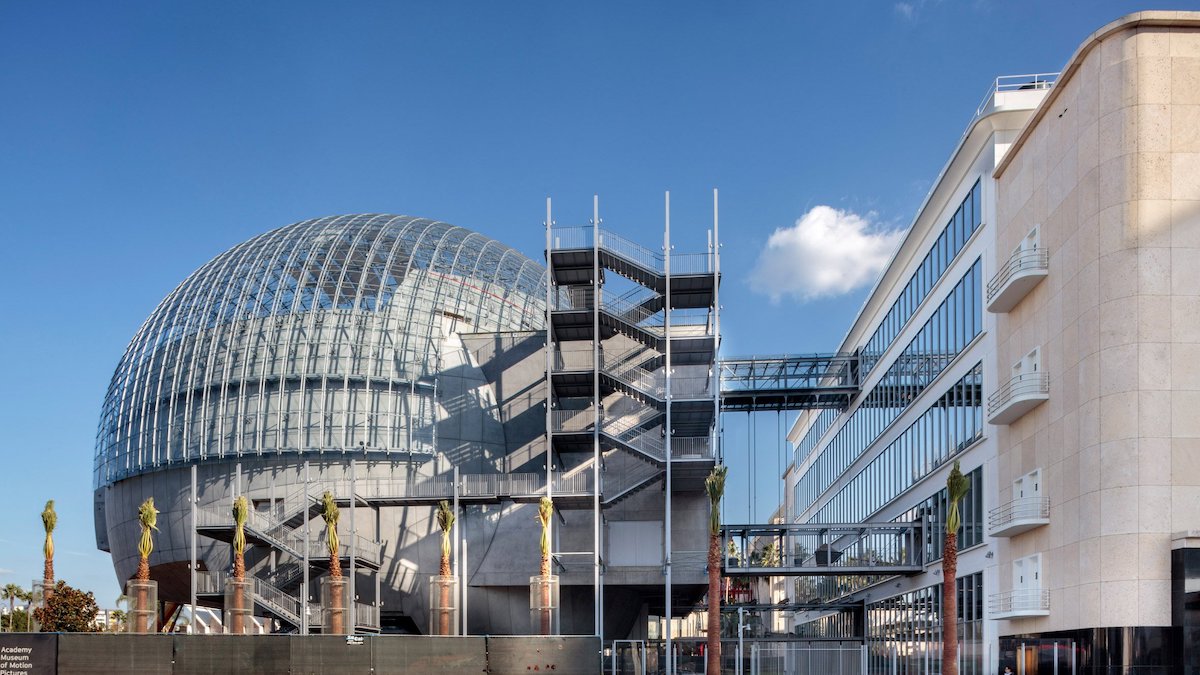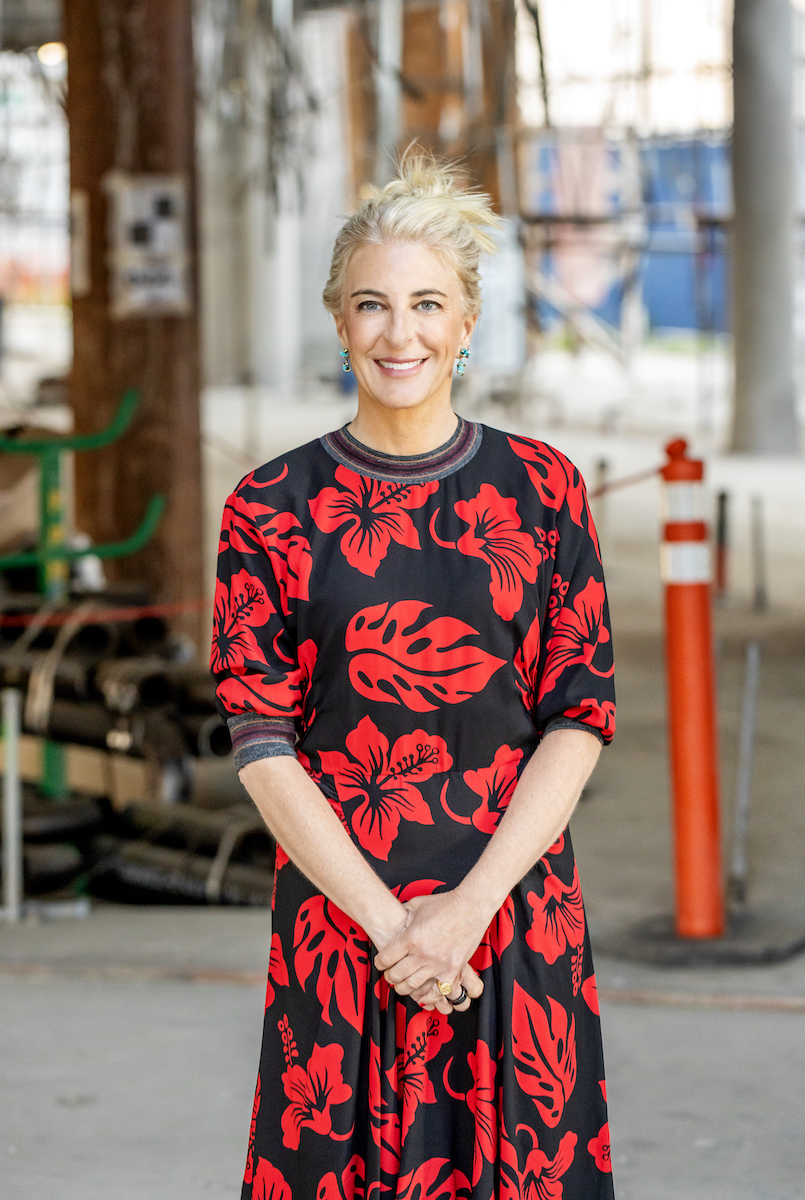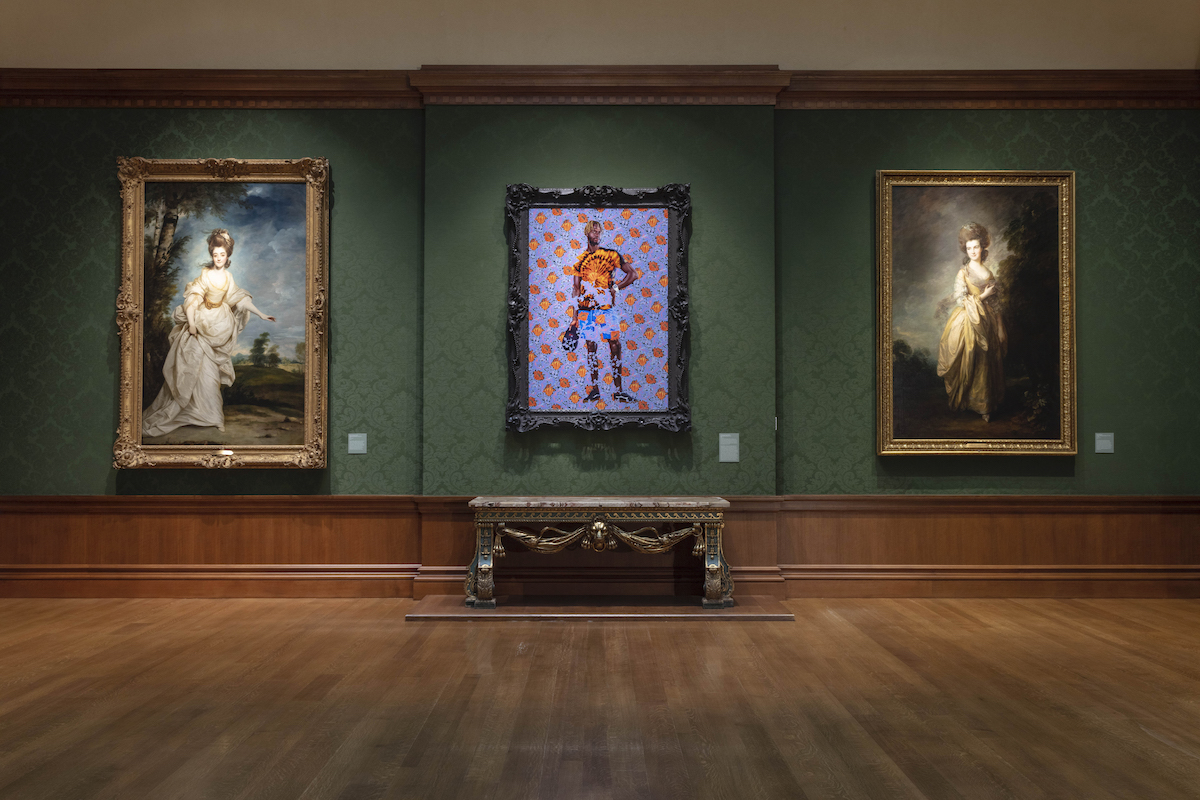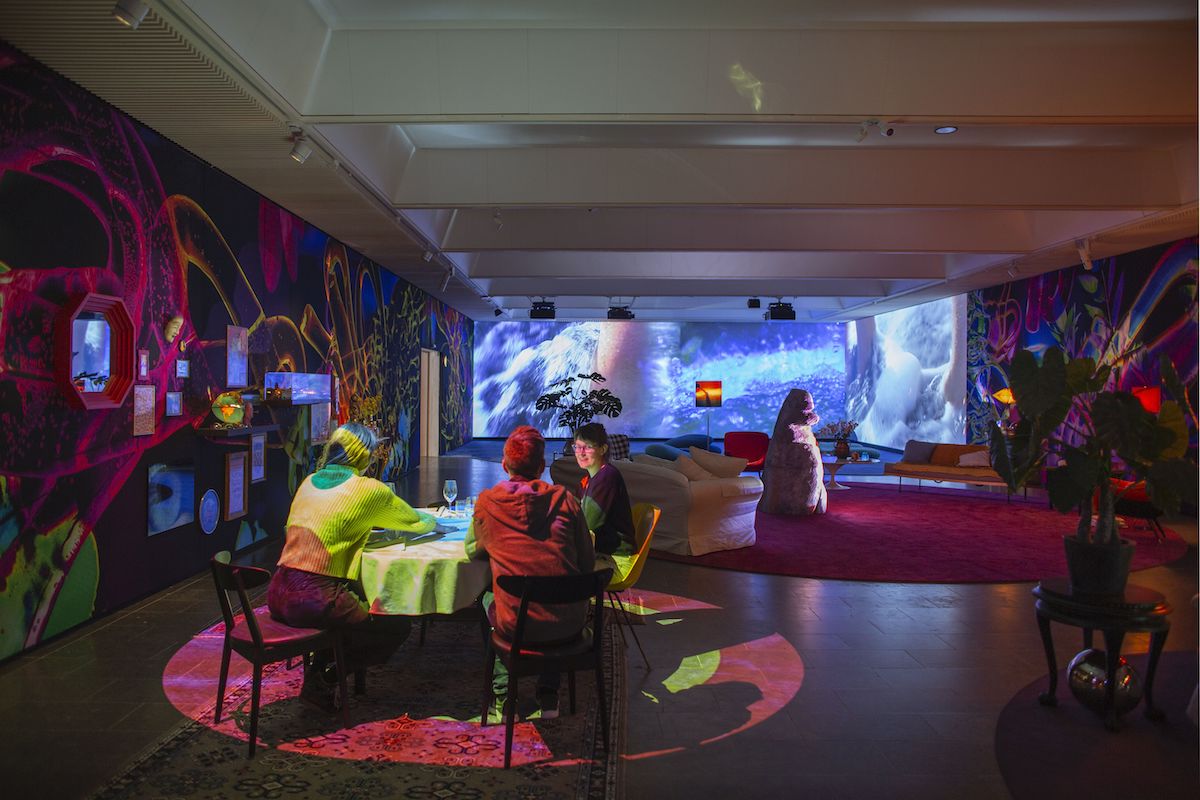MOCA Madness
Good news, the art world is revving up! We have art fairs taking place In Real Life, galleries setting regular opening hours and museums flinging open their doors. Of course, we’re not completely out of the COVID woods—many venues require proof of vax upon arrival. To me that’s a minor inconvenience for gaining access to art and meeting with other people who care about art.
Lots of news on the museum front. First, Klaus Biesenbach has finally left MOCA LA, although not before welcoming someone who was to supposed be his co-director to the museum. On September 2, MOCA announced that Johanna Burton of the Wexner Center for the Arts would step into the new job of executive director, basically to run operations and admin. It has been known since February that Biesenbach would have to share power at the top. He’d basically been demoted from director—the title he assumed when he arrived at the museum in 2018—to artistic director. Shortly after the Sept. 2 announcement, a week later news leaked that he was heading back to Germany to run the Neue Nationalgalerie and the future Museum of the 20th Century. The New York Times reported that Biesenbach got the offer the morning of Sept. 10, and immediately accepted—which sounds to me like he must have been working on that escape plan for awhile.
There’s been criticism over how poorly MOCA has handled the pandemic—there were the staff layoffs, of course, but also the lack of staff diversity and the lack of programming when other museums had regular offerings of virtual talks, tours and other forms of public engagement. Craft Contemporary has been offering artmaking workshops over Zoom. It’s ironic that Klaus is leaving right after the opening of one of the best shows to grace the museum in the past decade—Pipilotti Rist’s “Big Heartedness: Be My Neighbor.”
Burton will be the first woman to head MOCA LA since its founding in 1979—about time! Welcome, Johanna!

Academy Museum of Motion Pictures Renzo Piano
Academy Museum of Motion Pictures
On September 30 the Academy Museum of Motion Pictures finally opened, after several years of delays (even before COVID) and millions in cost overruns. It’s in that Streamline Moderne delight on Wilshire Boulevard, the former May Company with its gold-tiled cylindrical tower. There are four floors, three include exhibitions: two are about films, filmmakers and aspects of filmmaking (cinematography, costuming, casting, etc.), and the top floor dedicated to a special exhibition on the great animator Hayao Miyazaki (Spirited Away). A Renzo Piano–designed sphere on the back contains a wonderful 1,000-seat theater. Yours Truly plans to spend many a future hour there, for there’s nothing like sitting in a darkened, comfortably appointed room watching a story unfold on the illuminated screen.
It’s fun to see Dorothy’s ruby slippers (The Wizard of Oz) and Rosebud the sled (Citizen Kane) and a roomful of historic Oscar statues, and I love how Hattie McDaniel’s story is highlighted. She played Mammy in Gone with the Wind, but had to sit at a back table at the Oscars ceremony where she was nominated for best supporting actress. When she won—she was the first African American to win an Oscar—her peers applauded her warmly.
I appreciate the conscientiousness with which the curators recognized diversity and inclusiveness throughout the exhibitions—contributions by people of color and women. What I find lacking is a stronger curatorial direction and Cinema History 101, such how the movie industry came to Los Angeles, the development of the studio system, etc. Even the Miyazaki exhibition feels anemic—full of story boards, film stills and film clips, but short on insight into what makes his films so magical.

Heidi Zuckerman, photo Mark Hanauer.
OCMA Rising
The Orange County Museum of Art held its annual gala October 8, on the roof deck of the Thom Mayne-designed building rising next to the Segerstrom Center for the Arts in Costa Mesa. The opening is still a year away—October 2022—but they’ve had important announcements, such as free admission for ten years and the raising of $1 million at the gala. That’s three times what they’ve raised at any previous event.
Heidi Zuckerman is the energetic new director who arrived earlier this year, and she’s been deeply involved in reviewing the master plan. After touring the construction site with her (and other journalists) in early October, I was struck both by her command of details about the project and by her ability to articulate a vision for what the building, with its multi-purpose and interwoven spaces, could mean. They will have art, but also education and performances. For her, OCMA will be “not only a museum but a cultural anchor for Orange County.” Welcome, Heidi!

Installation view in the Thornton Portrait Gallery at The Huntington, photo by Joshua White, The Huntington Library, Art Museum, and Botanical Gardens.
The Huntington Gets Hip
Diversity and representation are the big words museums have been wrestling with these past few years—COVID made economic and social inequities so much more obvious, and the righting of inequities more urgent. One of SoCal’s largest and wealthiest museums has been a bastion of white privilege since its founding by very privileged white people, Henry and Arabella Huntington, in the early 1900s. Not surprisingly they put together a collection with an emphasis on European art, furnishings, and books.
To strike some balance, the museum commissioned Kehinde Wiley to create a portrait for the famous Thornton Portrait Gallery—usually populated by British portraits done in the Grand Manner (Gainsborough, Reynolds, etc.). The result was recently unveiled to great fanfare, and it’s gorgeous—A Portrait of a Young Gentleman features a young Senegalese man (Wiley has a studio in Dakar) dressed in a bright orange tie-dyed T-shirt and blue shorts, with a William Morris botanical background.
Currently, the painting hangs right across from you as you enter, and it faces The Blue Boy, the famous Gainsborough painting depicting an equally dapper young man of the 18th century (which will be on loan to London’s National Gallery in January). After reading about how Wiley was influenced by Grand Manner paintings when he took art lessons at the museum as a boy, I saw that maybe the commission was more than a gimmick. I’m looking forward to the Huntington commissioning and buying more works by artists of color, and by women, in the years to come.


